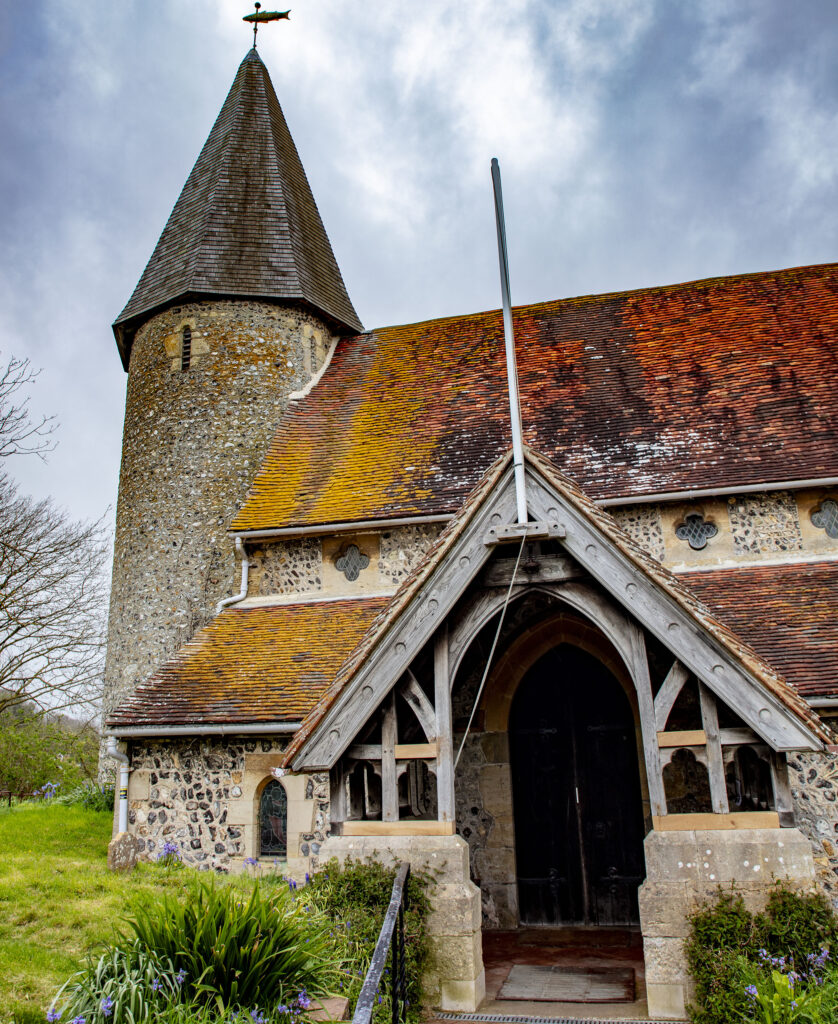
As I drove out of Newhaven the rain paused (April showers – the rain doesn’t stop, it just pauses now and then). I hadn’t looked at the village on a map so half expected a rural hamlet like Southease, but I should have done my research. The Ouse was a working river until the 1950’s, grain, lime, chalk, cement and similar being transported on barges from quarries and working mills to the port at Newhaven, coal etc. coming the other way. So Piddinghoe is a larger, sprawling, scruffier place than Southease, but still a village.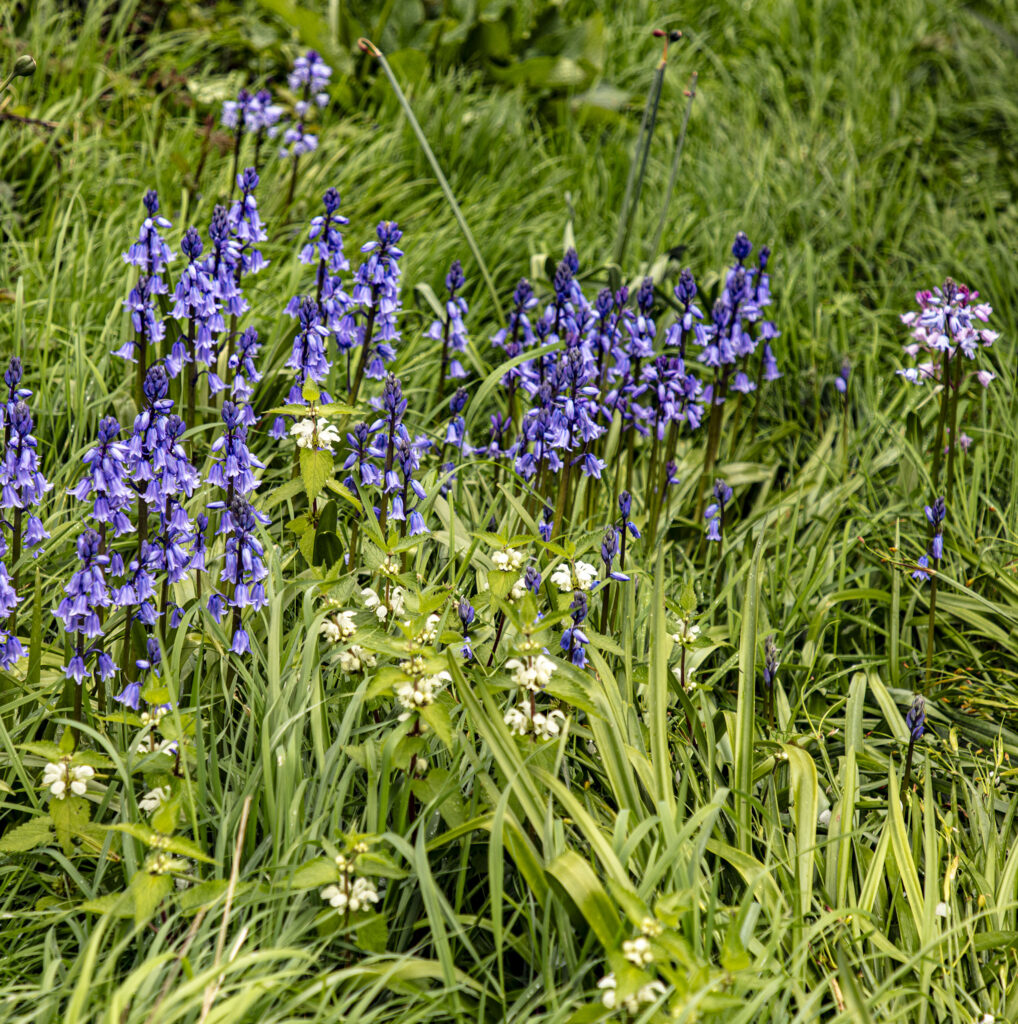
The village used to have clay pits (now a sailing school) and the clay fed the village brickworks which closed in the early 20th century, followed in turn by the post office and shop, the school and the pub – imagine a village without a pub!
Wriggling my way through its badly rutted narrow road (so not a lot different to any other road in Sussex at the moment) I worked my way to the church, guided firstly by the glimpses of its tower and then by the tinny ringing of a bell. It seems I arrived at a training session for the new ringing circle of Piddinghoe. The Saxon tower had three bells fitted in 1713 and three new bells have been added recently so the village will now have the delight of bells every Sunday summoning them to prayer in their lovely old church, along with practice sessions.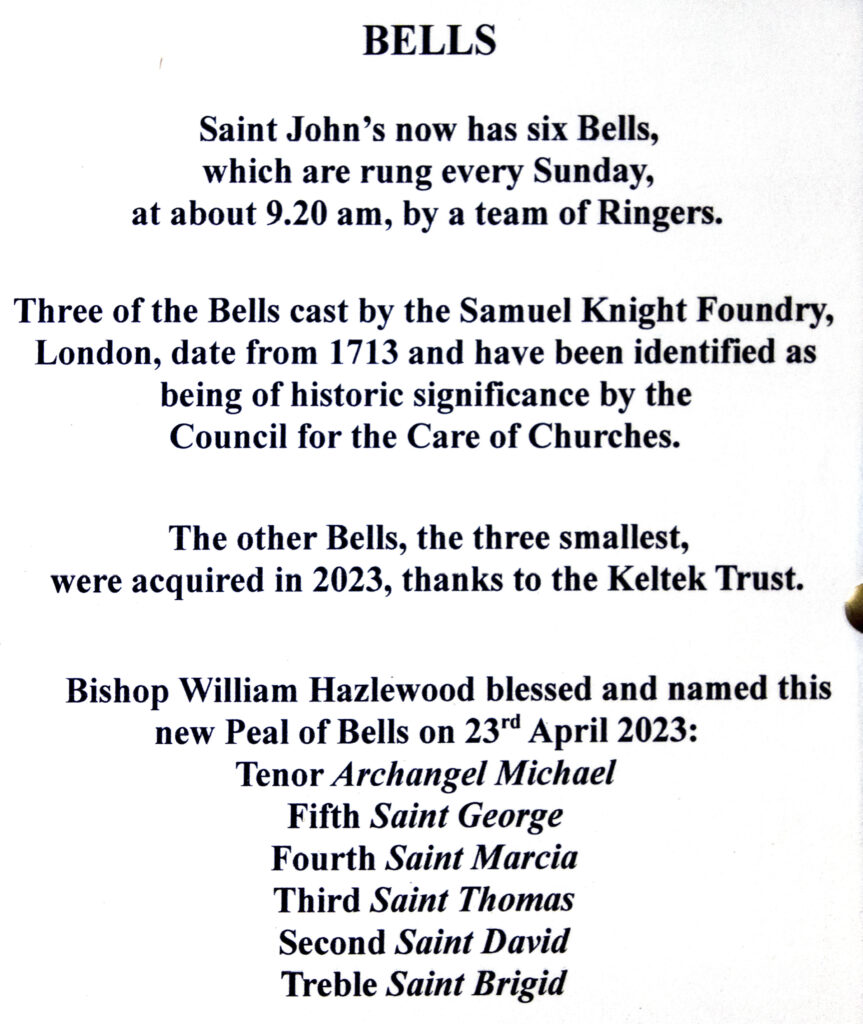
My own days as a bell ringer have had a premature end due to my osteo arthritis and spinal problems so I was delighted to discover a couple of old bellringing friends assisting with training. Of course, the lead was the indefatigable Debbie Evans, my old Seaford tower captain, and a bell ringer extraordinaire. I’m sure Debbie has taken on the task of training enough new ringers to man (and woman) every tower with bells in East Sussex and deserves a medal for the number of ringers she has led to competence in this historic form of worship. How I miss ringing!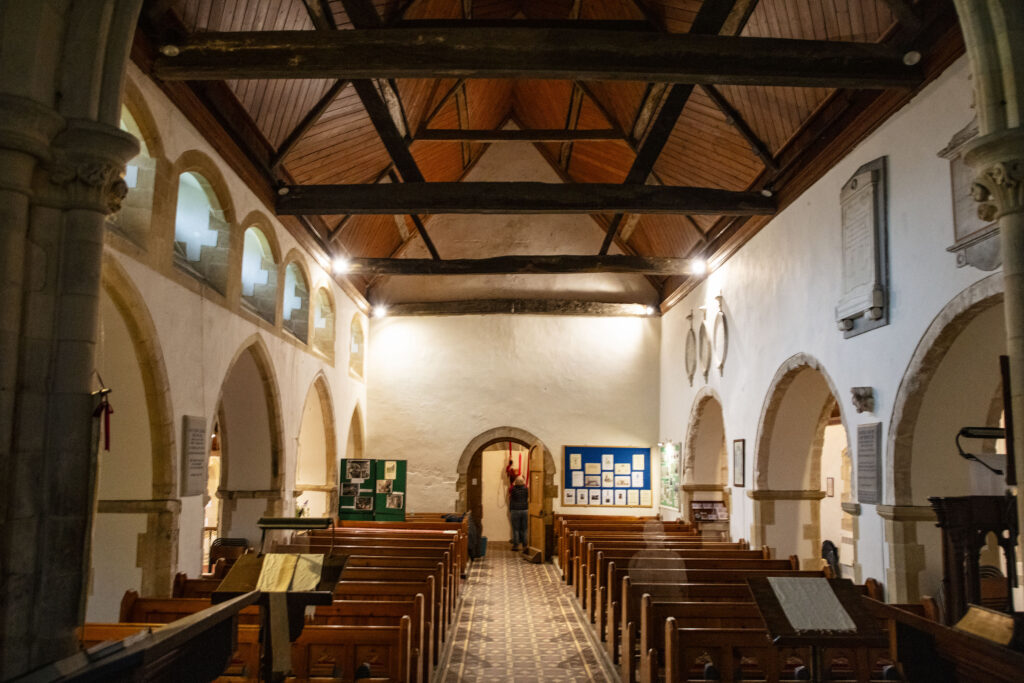
The church looks as if it was very well looked after by the Victorians and was obviously a focus of village life. Sitting high up on the riverbank (the river is tidal here) adjacent is the village school now a home (which the owner said was as cold as when schools like this had a coke fired boiler as the main heating) and opposite the old vicarage. Churchmen lived well in older times before the squirrelled all the money away to Westminster, where they now propose to give billions away to undeserving people whilst churches like this remain free of a priest to save on cost.
The riverbank adjacent also has a large flint barn, now with a rail system and small jetty suggesting that was used to house barges to take produce export through Newhaven, although apparently Piddinghoe was at the heart of smuggling in Sussex. Maybe it still is?
The hub of the village was gathered here – Church, vicar, school and produce store. A large chestnut tree coming into flower overhangs the riverbank, and the bank itself and churchyard are full of spring flowers and trees in blossom. Did you know the sex of chestnuts is indicated by the colour of the flowers? White is a male tree, pink a female supposedly. Lovely idea but apparently not true -something told to me as a child teaser…
My little walk was cut short by another of those brief April monsoons – er, showers. Somehow, I think I missed the old Piddinghoe. Where for instance is that ‘dovecot’ I could see from the road that may be the only bottle-shaped brick kiln left in the country, remnant perhaps of the old brickworks? I need to sort the old cottages from the bungalows, as unlike Southease, Piddinghoe has not been spared the curse of the developers albeit small scale.
Exploring my local Sussex area is full of beauty, full of surprises. Must do it more.

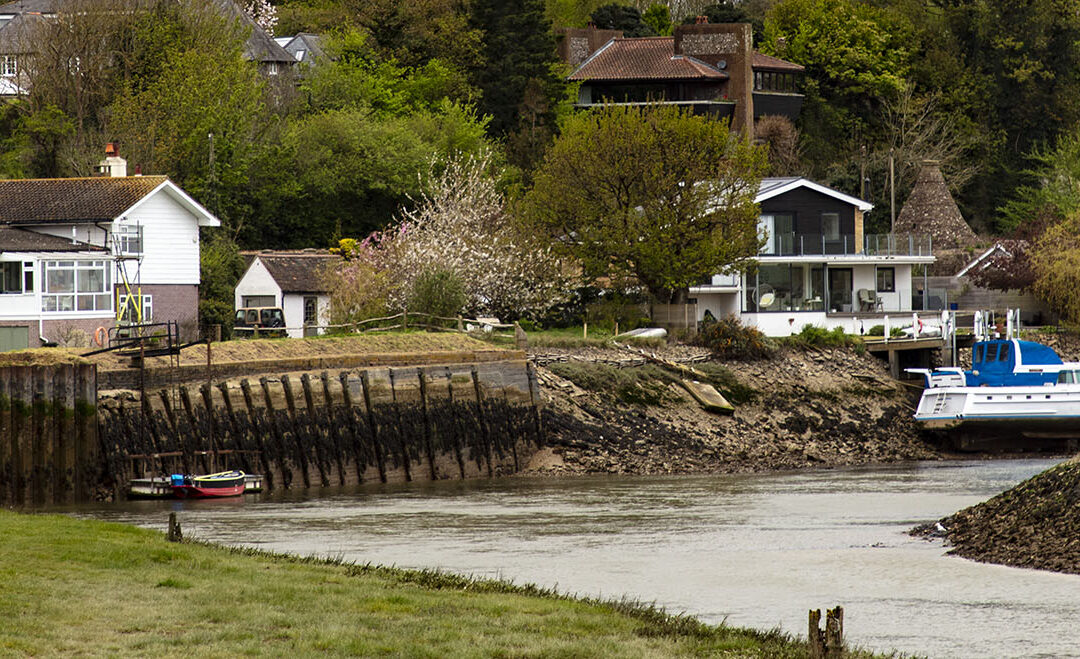
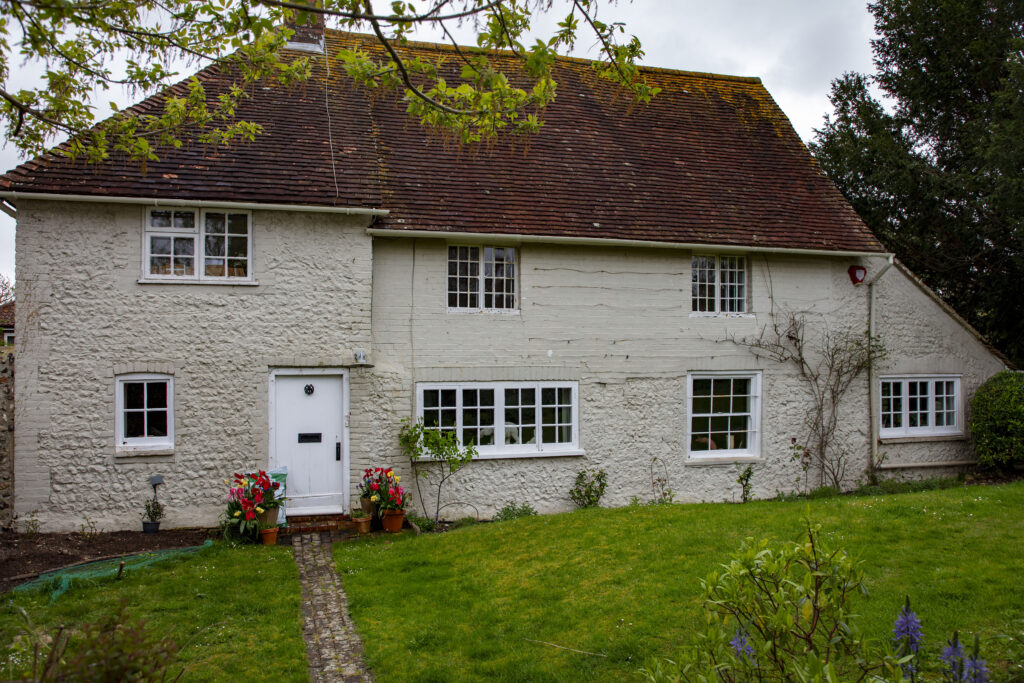
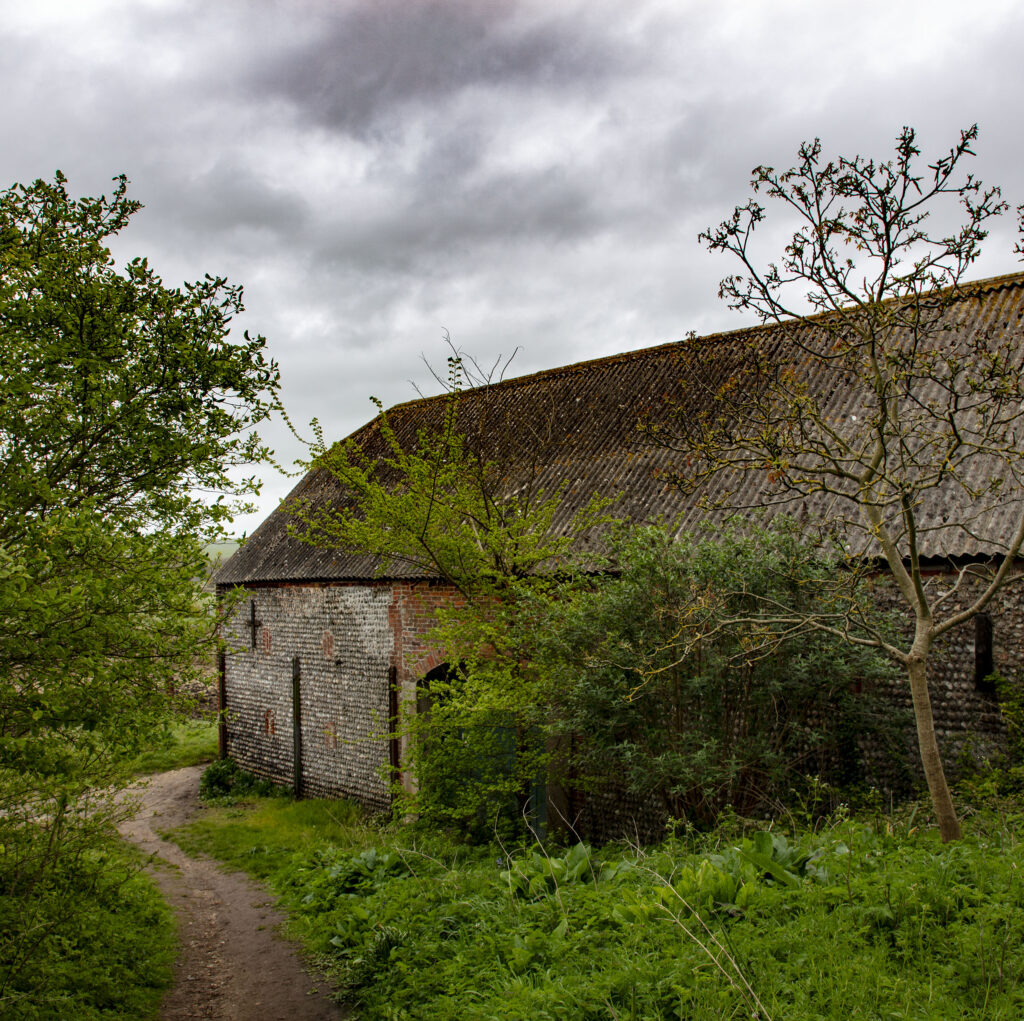



There’s a typo there where you say that Southease is larger and scruffier than Southease. 😉
well seen – corrected now